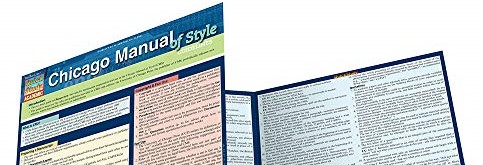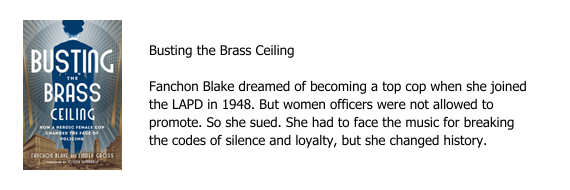I was recently involved in handling a copyedit for a dissertation. The daunting experience reminded me of just how complicated copyediting is. Before we get into that, let’s review copyedit basics: what a copyedit is and is not.
A copyedit is not a line edit. In my post Editing: The Five Phases, I explain that line editors “focus on powering up your prose, including paragraph and sentence structure, language, voice, consistency, etc.” By contrast, copyeditors are there to “catch any spelling, grammar, punctuation mistakes. They’ll also fact-check your material and make sure that captions and footnotes are correct. Copyeditors can do some cursory rewriting if a sentence that still doesn’t quite work managed to sneak past. But copyeditors are not line editors. They’re trained to look for the details that you almost certainly can no longer see.”
So, should you be the one to copyedit your own work? Probably not. Even though I line-edit my own work and then try to get it in the best possible shape on the copyediting front, I always pass it along to a professional copyeditor before sending it off. Because it’s clean, however, I often get jumped to the head of the line even when the copyeditor has a number of other projects ahead of mine. And I get a welcome price reduction. Two excellent reasons for you to spend some extra time on your manuscript and get a healthy start on your copyedit.
That, of course, gets us back to the fact that copyediting isn’t the world’s simplest endeavor. Copyedit basics would be complicated enough if there was just one set of copyediting rules. But there are several. The two main styles are the Associated Press Stylebook (AP), the standard for most magazines and newspapers, and the Chicago Manual of Style (CMOS), the standard for books along with student dissertations and theses. And those two styles disagree on plenty. For example, titles are handled differently—AP doesn’t italicize, while CMOS italicizes some types of titles and puts others in quotations. The two don’t even agree on exactly how titles should be capitalized with CMOS never capitalizing a preposition and AP capitalizing any word over four letters. Other differences between the two include the handling of numbers, serial commas, em-dashes, ellipses, and possessive apostrophes. And that’s just the start.
As The Journalist’s Resource points out in their article Style overview: Understanding the differences between AP and Chicago style, the former, which was originally compiled for journalists and their editors, focused on compactness while the latter, geared toward book publishing, emphasized completeness. “While the most recent edition of AP is 420 pages, CMOS has more than twice as many pages with much more dense type,” the article points out.
Oy.
The above represents just a nibble when it comes to the buffet of complications involved in copyediting. Not only does copyediting involve correcting grammar and punctuation, but it also includes making sure that the document is correctly formatted, and even fact-checking. That’s a lot to keep in mind, which is why I suggest an assembly approach when figuring out how to copyedit your manuscript.
I’ll move beyond copyedit basics and get into the formatting aspect of copyediting next week. For now, I’ll just share with you that I recently ordered a CMOS cheat sheet, otherwise known as a reference guide, from Amazon. Will it be cursory? Of course, since it’s distilling 1,146 pages into six. Do I think it will help? Absolutely.




















0 Comments